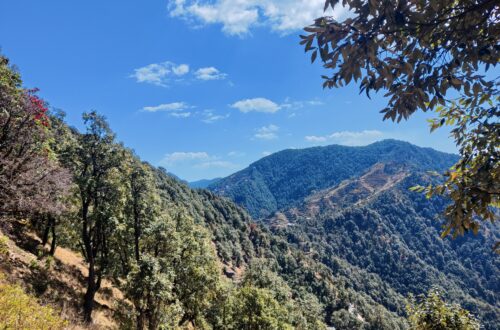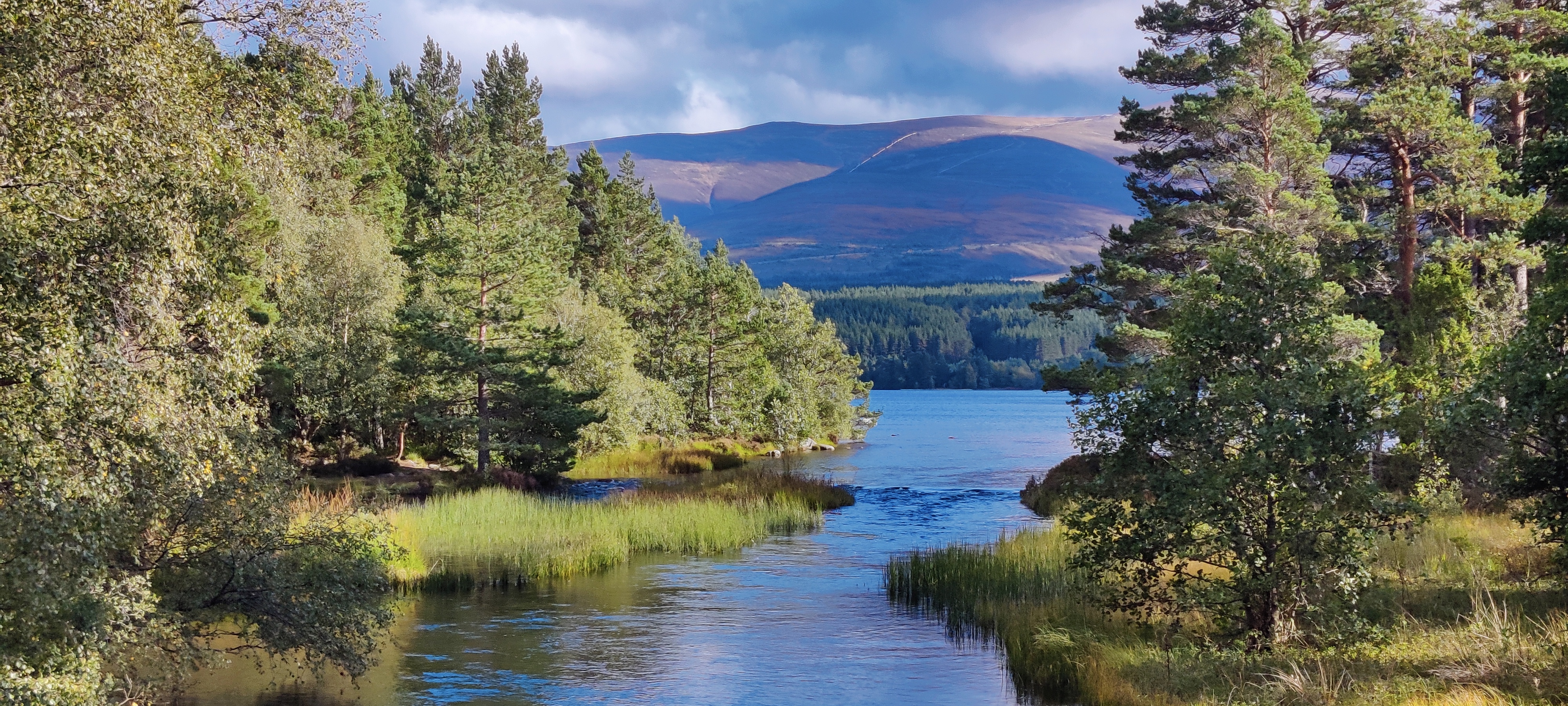We have not come out of the magic spell that Western Ghats casts on nature lovers. And we will never be able to come out of it. Yet, the Eastern Ghats, which run parallely to the east cost of India, from West Bengal in the north to Tamilnadu in the south, have been seducing us for some time. Not as tall as the Western Ghats, these are discontinuous ranges with a few hill stations thrown in.
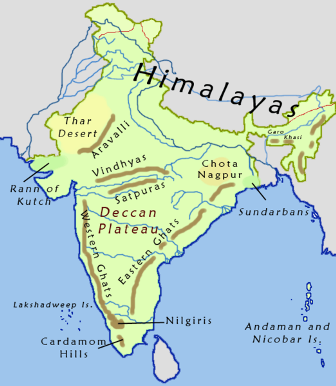
(map courtesy: wikipedia)
Araku Valley had been on our radar for more than a year. Known for its highly fertile soil, sprawling fields, tribal hamlets, the famous Borra caves, and the numerous tunnels through which trains magically disappear and emerge (train-spotting in Araku is a term someone coined), Araku lies at the Andhra–Orrisa border and is about 115 km from Vizag. There is a misconception that Araku is a hill station though it has a ‘valley’ tag. Climbing down to Araku starts after Ananthagiri hills, which is the hill station, known for its coffee plantations.
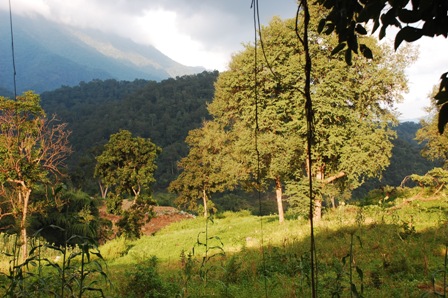
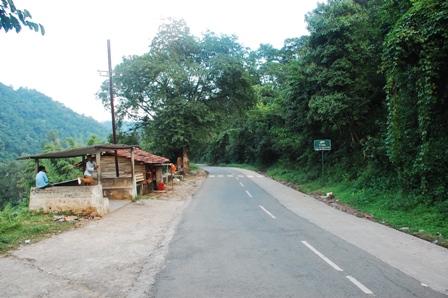
About 30-odd km before Araku (on the Vizag–Araku route) is Tyda, a village with a non-descript one-shop bus-stop and railway station. Our decision to stay in the APTDC-owned Jungle Bells resort at Tyda turned out to be perfect. Rightly named Jungle Bells, the resort is set in the middle of a jungle.
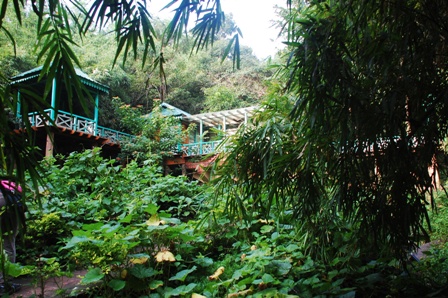
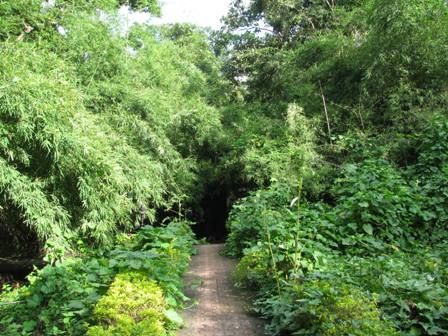
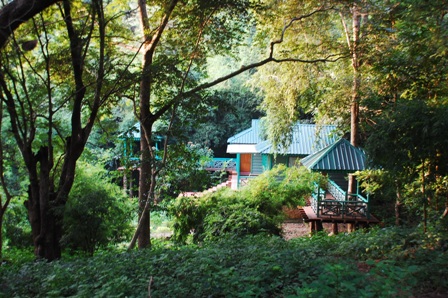

Lonely Planet magazine mentions Jungle Bells resort as an option to stay, but cautioned visitors to be beware of creepy crawlies and ‘indifferent cooking’. While the food was not ‘great’, it was perfect for the not-so-foodie type like us, we enjoyed the company of the creepy crawlies and were happily clicking them.
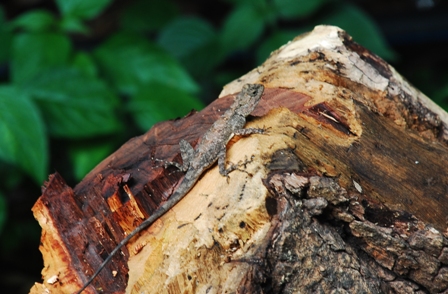
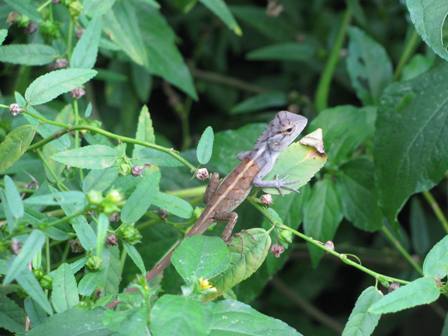


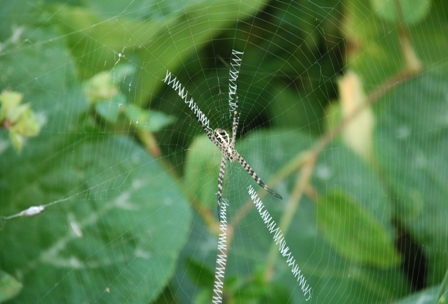
Tyda is a place where you can get lost in nature; do some trekking or hiking, have wildlife for company; and listen to the gurgling stream and sleep. The first day evening we just walked along the road, then on the railway tracks, climbed a few hills, and spotted a few chameleons who were busy camouflaging themselves.
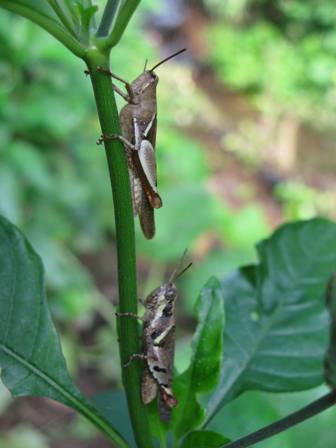
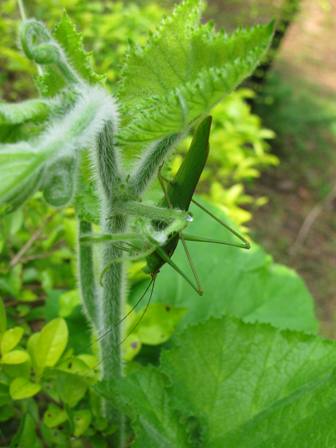
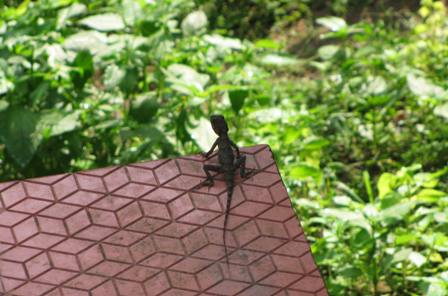
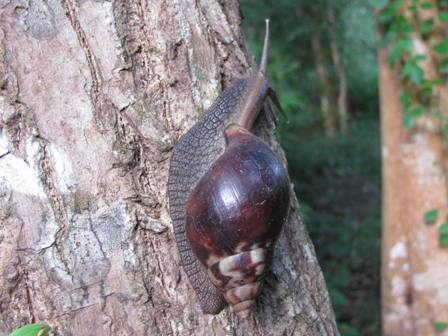
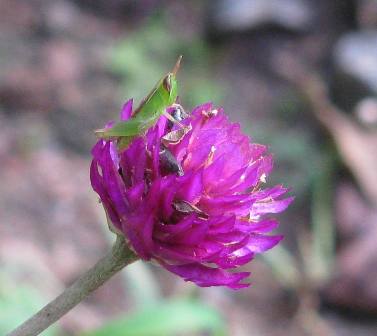
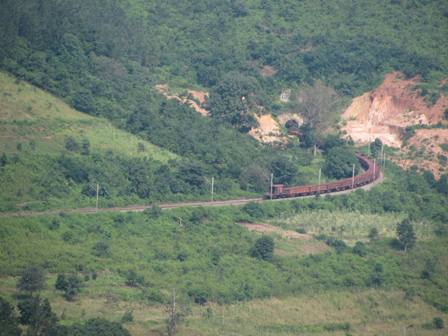

Next day started with an invigourating 3-hour trek through the jungle with Apparao, the guide at the Jungle Bells. As he led us, he kept clearing the way by removing fallen bamboos, shrubs and some logs. Looked like not too many people trek here. Apparao also spotted the nest and eggs of munia hidden in the undergrowth. He was also eager to explain the medicinal properties of various wild plants. We passed some tribal houses and farms growing urad dal, millet, and vegetables.
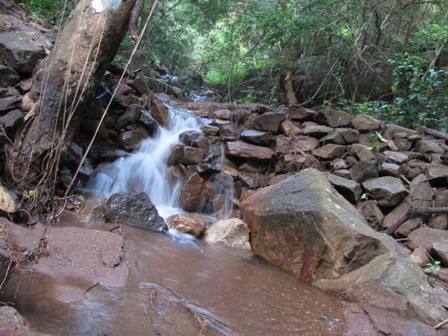
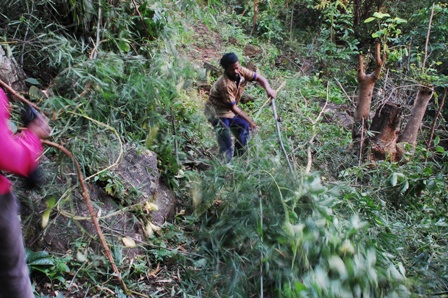
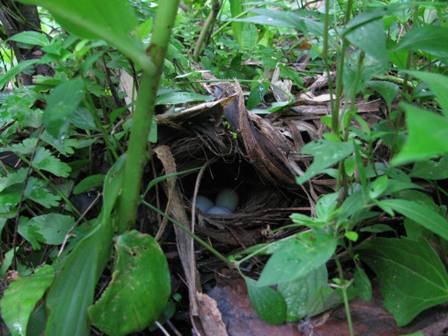
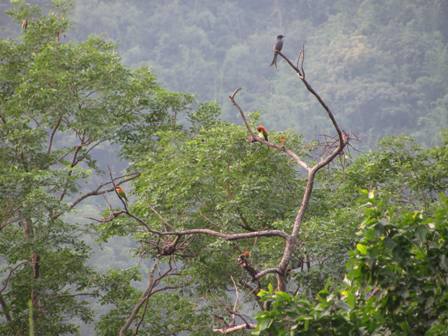
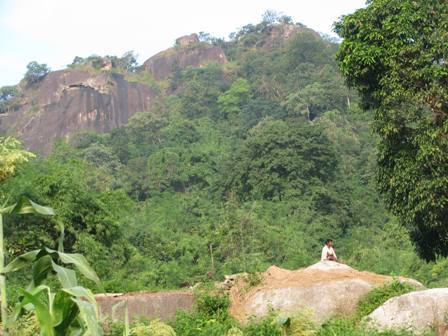
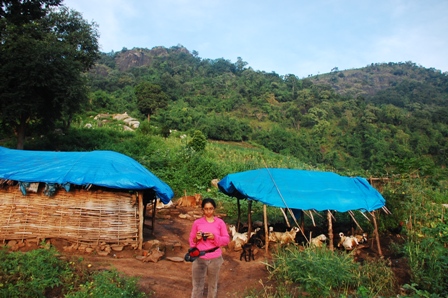
Most tourists stay in Araku valley or Ananthgiri and there are quite a few spots that fall in the regular itinerary. We wanted to see some uncommon destinations apart from the regular. Moses, the driver who drove us around in a good Bolero was perfect sport. More on that and the rest of Araku valley later.


